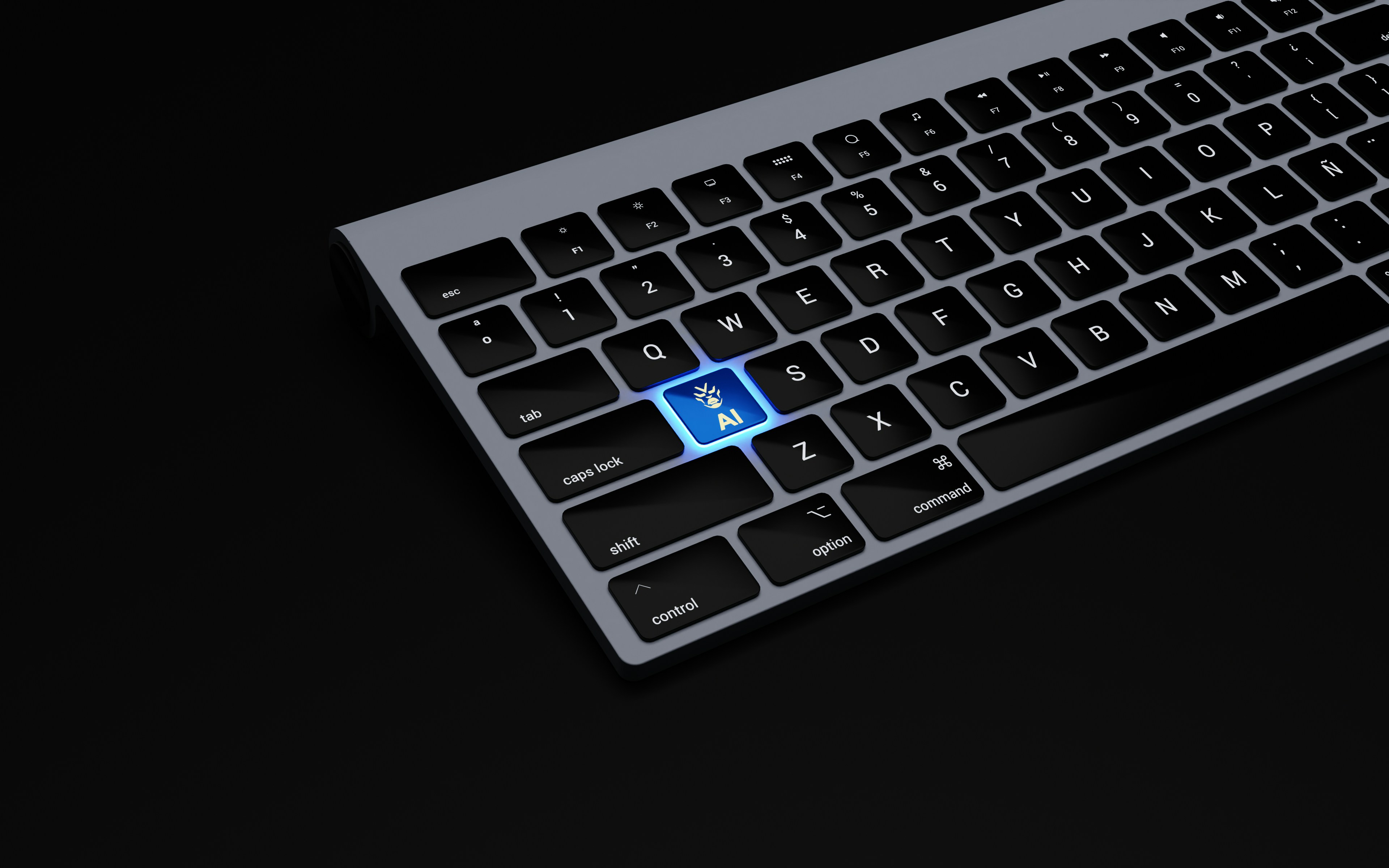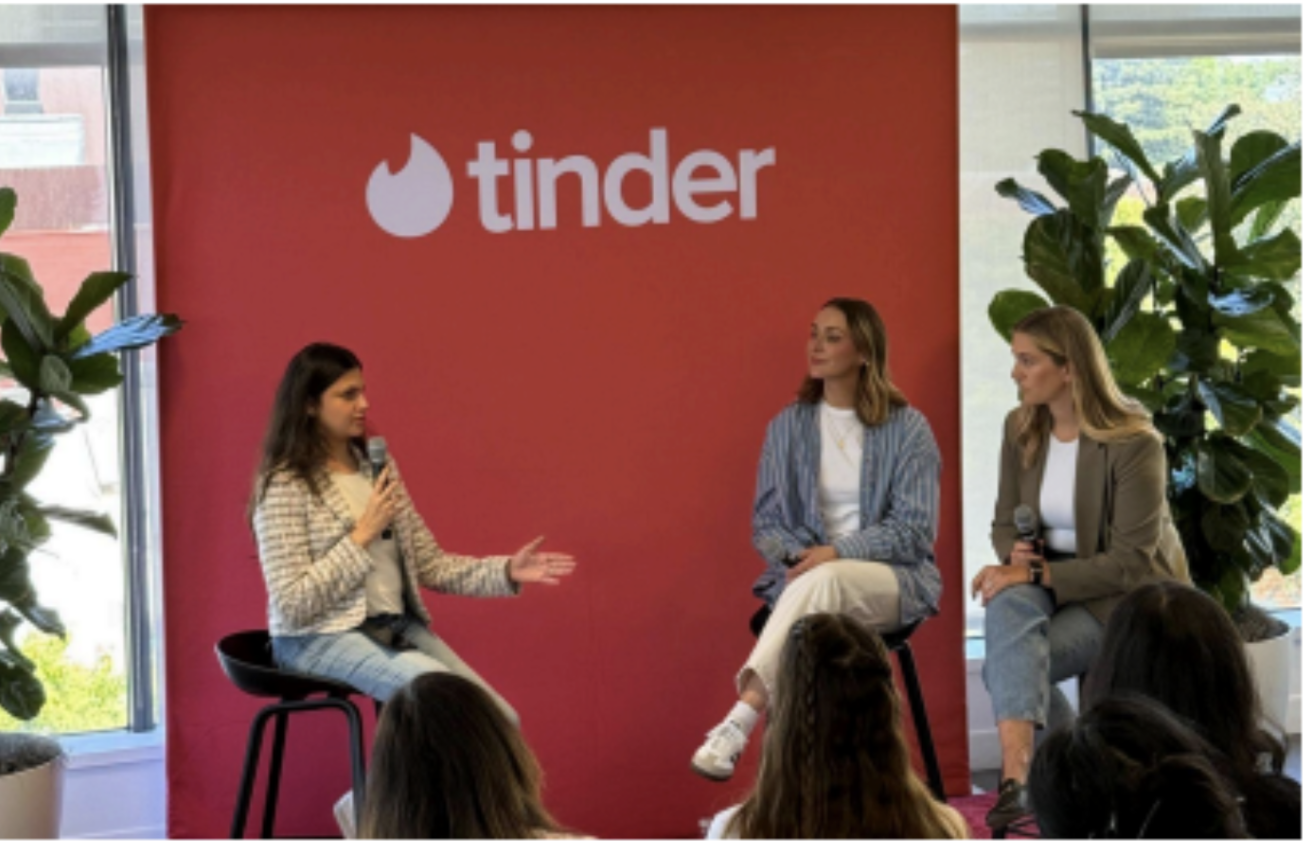.jpg)
Danielle Zegelstein is an engineering manager on the Z Team, where she designs, builds, and oversees new projects. Ever since she started at Tinder as a software engineering intern almost five years ago, she’s been a core part of developing innovative product features like Swipe Night, as well as co-leading the Women@Tinder employee resource group. Now, Danielle is working to help pioneer the exciting world of Blind Date.
Kristina Rettig is a senior product manager focused on features that help connect members on Tinder. Since she joined in August 2021, Kristina has played a key role in the fast-paced development of innovations like Swipe Night, and now Blind Date.
Kyle Miller joined Tinder as a marketing manager and went on to become Director of Brand Marketing before making the shift to the Product team, where he’s risen to VP. During his seven years at Tinder, Kyle has experienced many iterations of the product, and he enjoys constantly searching for the next big thing in online dating. Kyle was integral to the creation of the Z Team, where the idea of Blind Date became a reality.
What is Blind Date? Why has Tinder prioritized rolling out a feature like this?
Danielle: Well, the thing is, a profile might not say everything about who someone is. Sometimes you want a little more context before matching. Blind Date gives people that perspective so they can make a more educated swipe. It’s based on the idea that what you have to say is more important than what you look like. Blind Date lets people get to know each other on a deeper level, build a connection, banter a little bit, and then see what happens from there.
Kyle: The idea is for Blind Date to be a place to kick off a connection and then decide if someone intrigues you. It started as part of Swipe Night, but the team felt the concept of Fast Chat could stand alone. We wanted to make the experience of meeting someone on Tinder feel more effortless than ever before.
Kristina: Yeah, and people really love it. We’ve experimented with four different variations of Fast Chat, and the blind version resulted in the most conversations.
Who worked on Blind Date? And what did it take to create something so different from the core product?
Danielle: Once our Product team members gave us the green light, the process was in the hands of engineers. It was exciting, because Fast Chat—the precursor to Blind Date—was the first time people could message before they matched. The question was whether we would have enough people online at any given time to create conversations. The answer turned out to be yes—but it was hard to figure that out, and a lot of people worked on the project.
Kristina: After we knew we had enough people, we had to hone the content, because we were launching across so many countries. We had to localize the introductory questions to be regionally relevant in order to spark more engagement. We don’t want to apply a blanket Westernized way of thinking across the board, so each region specifies their questions according to their pop culture trends, culture, and dating customs. That means working very closely with the Communications, Product Marketing, and Content teams. It also takes a lot of coordination with the language managers and country managers.
Kyle: This wouldn’t have been possible without collaboration—Danielle and Kristina are just a few of many who contributed to the creation of Blind Date. Other organizations might have a pretty limited list of people coming up with ideas, or competing to have the best idea. Instead, our teams feel ownership of a collective concept. Each of our dev teams consist of junior engineers, senior engineers, designers, and analysts. The art side and the science side, working together.
What are your hopes for the future of Blind Date?
Kristina: Knowing that Blind Date succeeded beyond our expectations gives me a ton of hope. You know, Tinder is creating a paradigm shift in how we perceive people. Before it was, you see a profile, you look at some pictures, maybe a bio, and you make a binary choice. This feature is awesome because it allows you to get a sense of someone in a more organic way before deciding if they’re interesting to you.
Danielle: I also find hope in the fact that people keep coming back to a feature where they can’t see the other person. It shows that we’re willing to learn about one another in a different way. Historically, Tinder has been viewed as an app where you judge people based on a photo or two, but this is proving people want to see more than just a pretty face.
Kristina: Yeah, I think that’s true. We’re shifting the focus away from the external to who a person really is, which is leading to more authentic connections. It’s especially motivating, since we’re developing Blind Date as the company gears itself toward what women want. These types of features could help women assess a potential match in a less pressured way. I love that Tinder leadership gave us the opportunity to build this feature and explore everything it can mean for our members.





